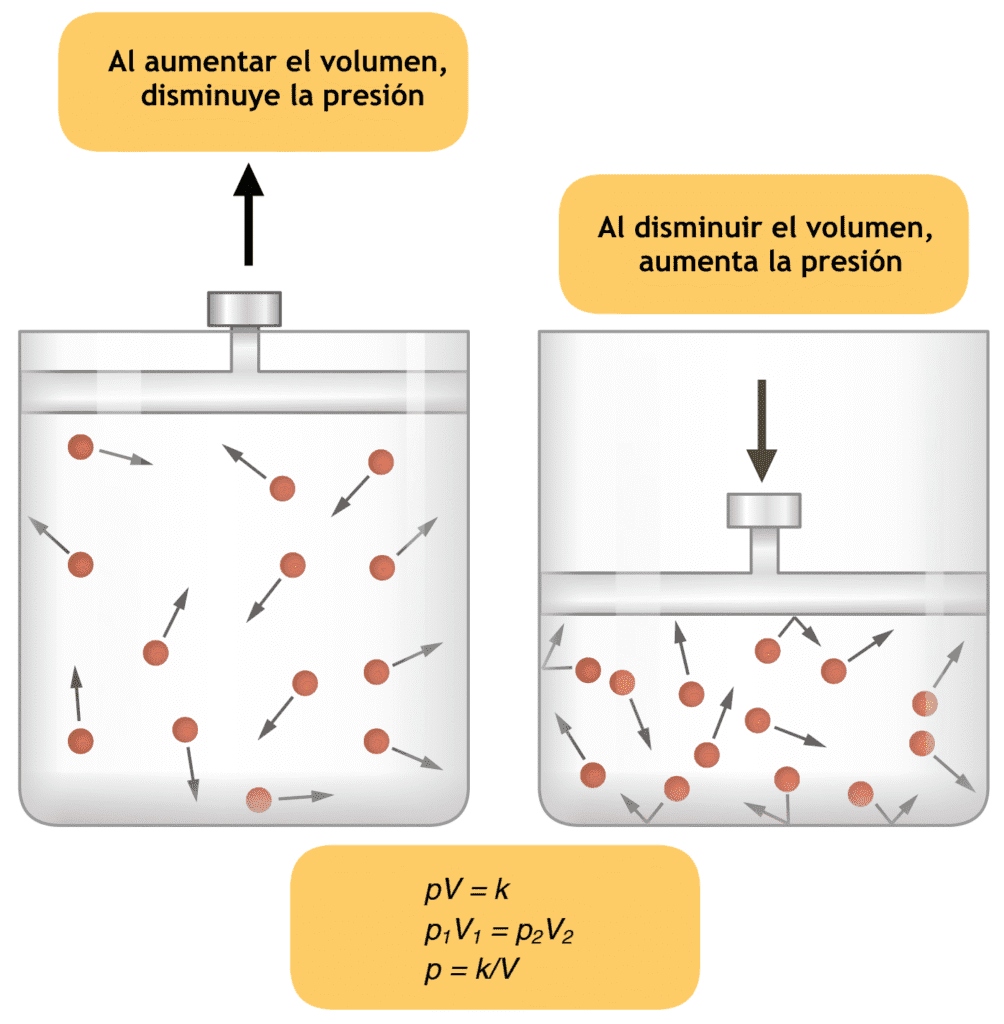Clinical studies using this strategy have claimed that even Normal Cerebral Perfusion Pressure values as low as 50 mm Hg are well tolerated with 8% mortality, and good recovery at 6 months after injury with little or moderate disability in 80% of patients.
An increase in MAP may increase brain oedema. Therefore, lower intravascular pressures and low CPP are recommended to decrease brain oedema, than compared to Normal Cerebral Perfusion Pressure .
 The alternative strategy widely known as the Lund strategy is based on the presumption that pressure autoregulation, Normal Cerebral Perfusion Pressure is impaired and the blood-brain barrier (BBB) is broken down in patients with TBI.
The alternative strategy widely known as the Lund strategy is based on the presumption that pressure autoregulation, Normal Cerebral Perfusion Pressure is impaired and the blood-brain barrier (BBB) is broken down in patients with TBI.
This involves (i) Reduction of capillary hydrostatic pressure by reducing systemic blood pressure with metoprolol or clonidine, (ii) Reduction of CBV with precapillary cerebral vasoconstrictors such as low-dose thiopentone or dihydroergotamine and (iii) Preservation of colloid oncotic pressure by transfusing albumin and erythrocytes, apart from Normal Cerebral Perfusion Pressure .
Chan et al tried to define the minimum threshold for Normal Cerebral Perfusion Pressure in adults based on the correlation between CPP and CBF or jugular venous oxygen saturation (Sjvo2) as a measure of cerebral oxygenation.
Low cerebral oxygenation was noted at CPP values below 60—70 mm Hg, while Normal Cerebral Perfusion Pressure above this threshold was not associated with any further benefit. The data from the Traumatic Coma Data Bank has suggested that the critical CPP value is 60 mm Hg in adults.
Cerebral perfusion pressure (CPP) should be supported at or near waking normal levels in patients with recent cerebral injuries (e.g., traumatic brain injury [TBI], subarachnoid hemorrhage [SAH]) because of low resting cerebral blood flow and impaired autoregulation.
Cremer et al undertook a study to identify the ideal Normal Cerebral Perfusion Pressure and it ether it could be applied to all TBI patients. They manipulated the mean arterial blood pressure of 13 patients with severe TBI at several occasions.
The MAP was first decreased to a target of 50—55 mm Hg to be slowly increased afterward to a target of 105—110 mm Hg. CBF velocity, ICP and brain tissue partial pressure of oxygen (PtiO2) were recorded and analysed separately on the basis of the presence or absence of intracranial hypertension (ICHT). ICP more than 20 mm Hg was defined as ICHT.
There were no clinically significant changes in ICP in the absence of ICHT, whereas in the presence of ICHT, Normal Cerebral Perfusion Pressure reduction resulted in a significant increase in ICP, a decrease of static rate of regulation and PtiO2.
Thus, the patients with ICHT seemed to be operating in the lower part of their autoregulation curve, whereas patients with normal ICP operated within normal autoregulation limits of Normal Cerebral Perfusion Pressure .
Because of the variability in the patient population a standardized intervention may be beneficial for certain patients whereas it may be deleterious for the others. An individualized approach, depending on the integrity of pressure autoregulation mechanisms, Normal Cerebral Perfusion Pressure would be more advisable.
The data on the usefulness of routine ICP monitoring in severe head injury is controversial. Marshall et al had suggested routine monitoring and aggressive maintenance of ICP at less than 15 mm Hg to improve the outcome based on favourable outcome of 77% as against 43% when ICP was >15 mm Hg. However, Resnick et al found no relationship between the duration of high ICP or peak ICP and the outcome of 147 patients with severe head injury.
Role of hypothermia: Animal studies have shown encouraging results with hypothermia in head injury mode but similar results could not be obtained consistently in clinical trials of Normal Cerebral Perfusion Pressure . A recent Cochrane review concluded that hypothermia not only doesn’t have clear-cut benefits but at the same time increases harmful effects like pneumonia.
Another meta-analysis of Normal Cerebral Perfusion Pressure showed no benefits, although one more meta-analysis concluded that mild hypothermia is one of the four most promising approaches presently available in clinical trials for severe traumatic brain injury.
Evidence of the functional significance of neurogenic influences has been derived from studies of CBF autoregulation and ischemic injury. Hemorrhagic shock, a state of high sympathetic tone, results in a lower CBF at a given MAP than occurs when hypotension is produced with sympatholytic drugs, presumably because during shock, a sympathetically mediated vasoconstrictive effect shifts the lower end of the “autoregulatory” plateau to the right.
CPP (CPP = MAP – ICP) should be supported at 60 mm Hg in the first 48 hours after TBI in adults.

